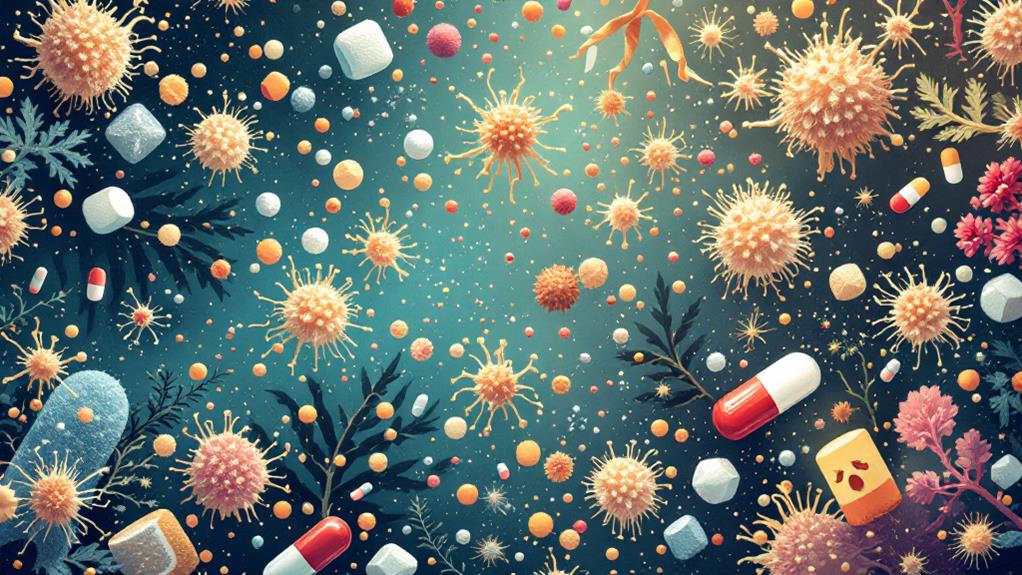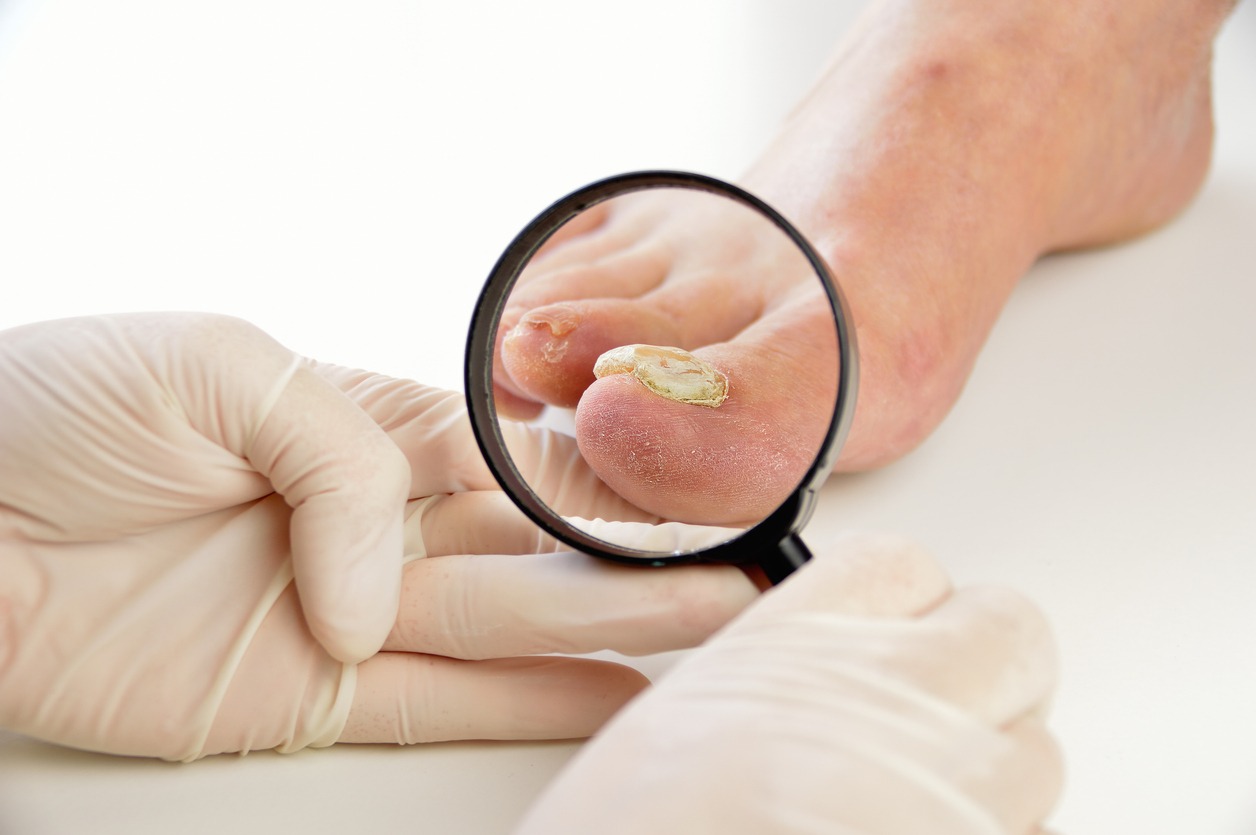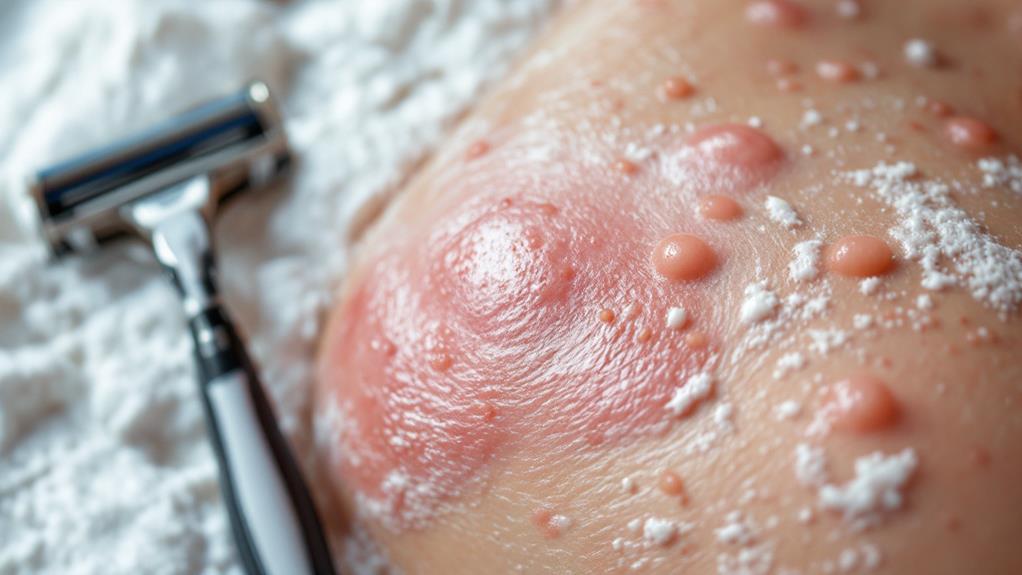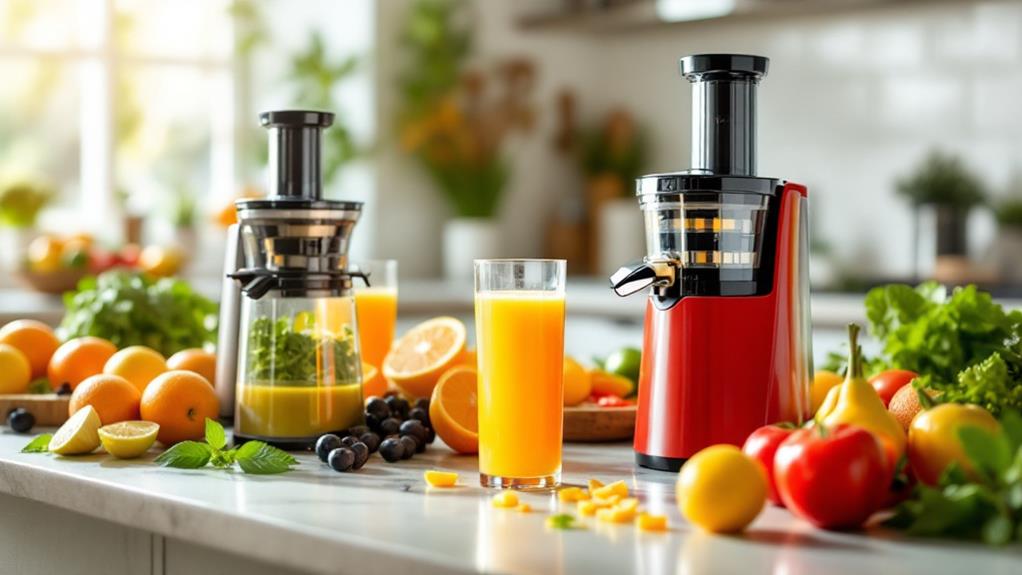Understanding the Connection Between Alcohol and Cancer: What You Need to Know
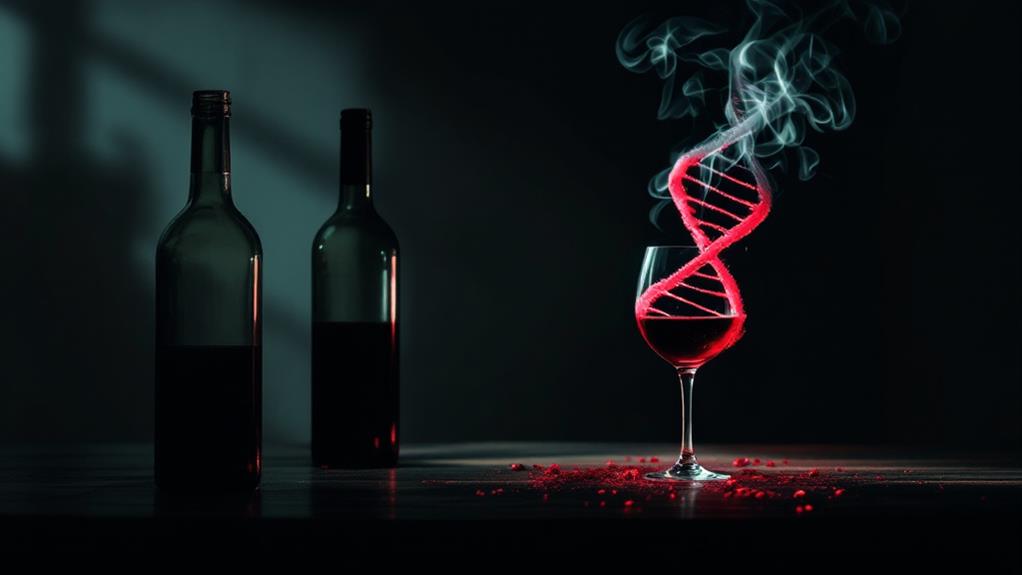
You're likely unaware that alcohol consumption is responsible for about 7% of all cancer cases. When you drink, ethanol turns into acetaldehyde, which damages DNA and is a known carcinogen. Even moderate drinking increases your cancer risk, with no truly safe level for prevention. Cutting down from three to two drinks a week can lower this risk. Experts like the American Cancer Society recommend complete abstinence, while others suggest limiting intake to one drink a day for women and two for men. Understanding these connections can empower you to make healthier choices for your life. Uncover more to protect your health.
Alcohol's Impact on Cancer Risk
Alcohol plays an important role in cancer risk, contributing to around 7% of all cancer cases. You might not realize it, but even moderate alcohol consumption can increase your risk of developing alcohol-related cancers, including breast cancer. Ethanol, found in alcoholic drinks, metabolizes into acetaldehyde—a known carcinogen that can damage DNA and proteins. This process is a major factor in the development of cancer.
Cutting down your alcohol intake is vital for prevention. Even reducing your consumption from three to two drinks weekly can lower your cancer risk. The American Cancer Society emphasizes that no safe level of alcohol exists regarding cancer prevention. It's crucial to be mindful of this, especially since combined alcohol and tobacco use can greatly raise the risk for cancers of the mouth, throat, and esophagus. The compounding effect of these substances makes it even more necessary to evaluate your habits seriously.
Understanding these risks empowers you to make informed choices about alcohol. By reducing your intake, you're taking a proactive step toward minimizing your risk of developing cancer and protecting your health in the long term.
Expert Recommendations on Drinking
Recognizing the impact of alcohol on cancer risk, it's vital to evaluate expert recommendations on drinking. The American Cancer Society suggests complete abstinence for cancer prevention, as any alcohol consumption increases risk. However, if you choose to drink, the MD Anderson Cancer Center advises women to limit their intake to one standard drink per day and men to two. A standard drink involves 12 ounces of beer, 5 ounces of wine, or 1.5 ounces of 80-proof liquor. These guidelines stress the need to understand serving sizes to effectively manage alcohol consumption.
The World Health Organization also emphasizes limiting alcohol as a significant strategy for reducing cancer risk. No safe level of alcohol consumption has been identified for cancer prevention, making it vital to be mindful of your drinking habits. Discussions about alcohol use become even more important during cancer treatment. Alcohol can worsen chemotherapy side effects and interact negatively with treatments, affecting general health effects. By following expert recommendations, you can take proactive steps in managing your alcohol and cancer risk. Remember, limiting intake or abstaining entirely is key in promoting long-term health and reducing potential risks.
Alcohol Serving Size Defined

In relation to understanding alcohol consumption, knowing the definition of a standard drink is vital. In the United States, a standard drink contains 14.0 grams (0.6 ounces) of pure alcohol. This equates to 12 fluid ounces of beer, 5 fluid ounces of wine, or 1.5 fluid ounces of 80-proof liquor. Recognizing these measurements helps you accurately monitor your alcohol intake and avoid the health risks associated with excessive consumption.
Awareness of alcohol serving size is important, especially since many individuals underestimate the amount of alcohol in larger or specialty drinks. Remember, the definition of a standard drink remains consistent across different types of alcoholic beverages. Despite this consistency, the strength and serving sizes of drinks can vary greatly. Larger servings can quickly increase your total alcohol intake, leading to potential health effects.
Why Alcohol Raises Cancer Risk
Frequently, it's important to understand how alcohol can increase your cancer risk. When you consume alcohol, your body metabolizes ethanol into acetaldehyde, a potent carcinogen. This substance damages DNA and proteins, increasing your total cancer risk. Chronic alcohol intake exacerbates this issue by causing oxidative stress. As a result, reactive oxygen species are produced, causing further DNA damage and cellular mutations. These mutations can be a stepping stone to cancer development.
Alcohol consumption also affects hormone levels, particularly increasing estrogen levels. Raised estrogen is particularly linked to a higher risk of breast cancer. It's imperative to recognize that even low levels of alcohol can increase your cancer risk. This risk only grows with higher amounts and frequency of consumption.
Here's how alcohol raises cancer risk:
- Metabolization into carcinogens: Ethanol turns into acetaldehyde, damaging DNA and proteins.
- Hormonal changes: Increased estrogen levels heighten breast cancer risk.
- Oxidative stress and cellular damage: Chronic intake creates reactive oxygen species leading to mutations.
Understanding these mechanisms highlights why moderating alcohol consumption is critical for reducing cancer risk. Remember, each drink contributes to this complex cascade of harmful effects.
Cutting Down to Lower Risk

Reducing your alcohol intake can play an fundamental role in lowering your cancer risk. By cutting back, you're actively working to reduce cancer risk, particularly for types like breast cancer. Even small reductions in alcohol consumption, such as going from three to two drinks per week, can have health benefits. These incremental changes highlight the power of moderation.
Public health guidelines suggest limiting alcohol intake to one drink per day for women and two for men. This helps mitigate the risks associated with alcohol consumption. Each further drink increases the likelihood of developing cancers such as breast, liver, and esophageal, so sticking to these guidelines is vital for your health.
Consider exploring non-alcoholic alternatives when you're aiming to cut down your alcohol intake. Not only do they offer variety, but they also help maintain social habits without the added cancer risk. Setting clear goals can further support your path in reducing alcohol consumption. Remember, each step you take toward reducing your intake contributes to your comprehensive well-being. By making conscious choices and embracing these strategies, you're investing in a healthier future with a lower cancer risk.

